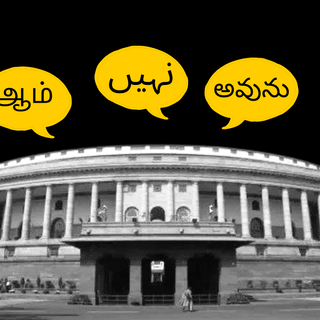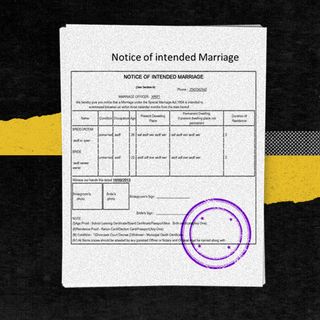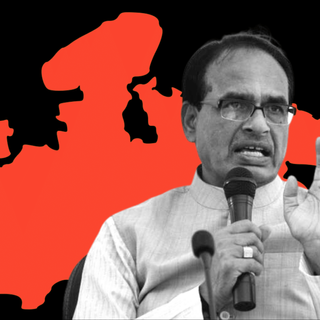Referring to the manner in which the media, specifically television channels Republic TV and Times Now, covered actor Sushant Singh Rajput’s death last year, vilified actor Rhea Chakraborty and speculated about ongoing police investigations, Bombay High Court ruled such “contemptuous” trials-by-media as obstructing justice. The court ruled media houses behind similar reporting of police investigations and trials that incites public prejudice will be charged with contempt of court under the Contempt of Courts Act, 1971.
In addressing several public interest litigations (PILs) filed by former police officers, lawyers, and activists, all of which complained about the media’s coverage of the investigation of Rajput’s death, the court said prioritizing a fair investigation of crime and a fair trial of the accused is paramount. The court offered a series of directives to regulate how the media reports ongoing police investigations and court cases: “Press/ media ought to avoid discussions, debates relating to criminal investigation and should confine only to informative reports in such matters in public interest.” The court warned media outlets against launching faux investigations and smear campaigns against any accused — as they did against Chakraborty — “so as not to prejudice the rights of the accused and witness.”
Publications — print, broadcast, and digital — can avoid a contempt charge by the following, the court directed: by refraining from publishing an alleged confession by the accused without letting the public know it is inadmissible in court; by not referring to people who die by suicide as having a “weak character,” as was publicized about Rajput; by not reconstructing crime scenes or leaking confidential information; and by not pressuring investigative units to divulge confidential information.
The court also warned media outlets from publishing photos of the accused, pre-judging their guilt, or conducting smear campaigns based on hypothetical, unproven scenarios. “Think of a police officer. Can anyone be guaranteed that he will not be influenced? He may be following a particular track, which could be the right track. Media says, ‘No, no — this must be the track.’ He loses track and rounds up innocent,” the court said.
Rhea Chakraborty’s media trial involved most of the concerns the court addresses in the ruling; she and her family were constantly harassed by reporters, and subsequently targeted with an onslaught of abuse on social media. The media’s role in determining guilt without proof and rallying tens of thousands of people across the nation based on conjecture ultimatelyendangered the accused, Chakraborty, and delayed and compromised the investigation into Rajput’s death. In threatening contempt of court for such trials-by-media in the future, the court aims to prevent a repeat of dangerous conjecture and harassment, while refraining from legal action against the media outlets.
The directives issued by the court already exist as professional standards for print publications, as devised by the Press Council of India (PCI). The court urged electronic media outlets to follow the PCI standards until new guidelines are framed for electronic media.




